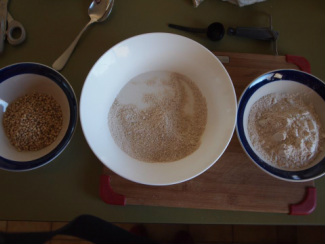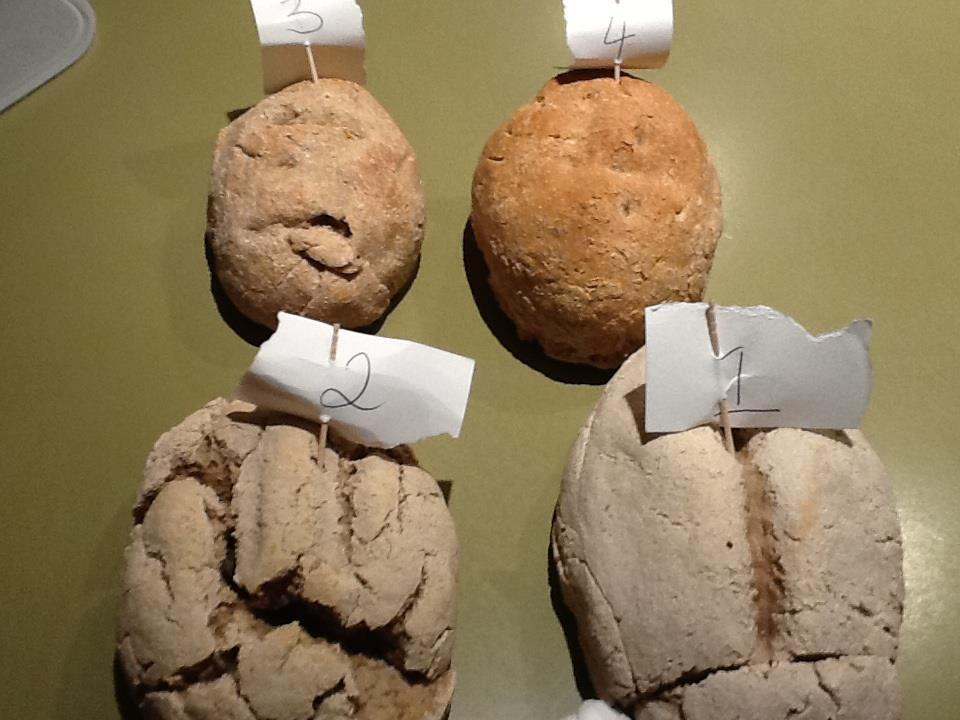So when we said we would do malting, even our brewing phone-a-friend expert was impressed, as he'd only done it once himself, and it is a fairly long, drawn out process. But our intrepid incipient brewer and barley expert Muigheinn, was not put off. Here is her update for Day One:
Malting process begun so let's hold our collective and hope. I have soaked the grain twice, dried once, and it is drying again now will put back in to soak in the morning . Grain appears to be swelling which is what it's supposed to do prior to sending rootlets, so it seems to be doing the right thing... will keep you posted.


 RSS Feed
RSS Feed